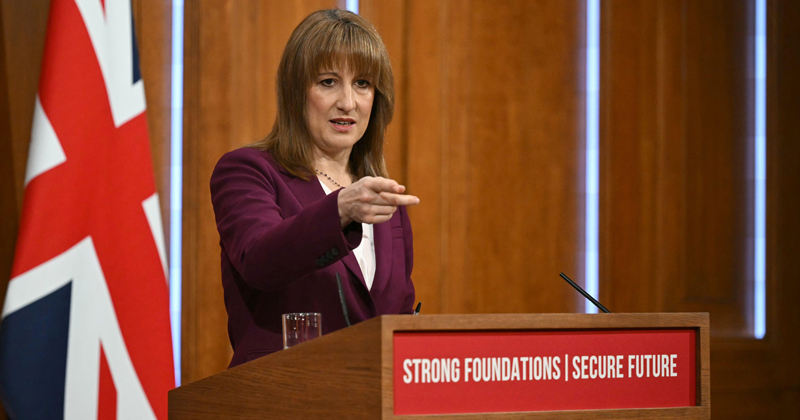School leaders will have their fingers crossed that chancellor Rachel Reeves pulls a rabbit from her Budget hat, but the mood music isn’t promising.
With budgets already stretched and the government’s position on teacher pay rises suggesting that the bulk will have to come from existing funding, trust finance directors are already looking at ways to save money.
One of the drivers of growth for multi-academy trusts over the past two decades has been the potential to gain efficiency through scale.
So it is natural that in some cases boards are looking to supercharge that idea: one in seven trust CEOs said their trust was considering a merger in this year’s CST National School Trust Report.
We have now published guidance for trusts looking at whether joining up with another group could be the answer.
But our emphasis isn’t on efficiency.
It’s on another – and we think more compelling – reason for schools to come together: making schools better for children.
It’s about education experts with a strong, shared vision working together in a single organisation with a dedicated purpose.
And that is also the thing that really makes mergers work.
Learning from experience
In creating this guidance we’ve spoken to trusts that bear the battle scars of past mergers, and we’ve looked at decades of research and experiences from within the public sector, charities and business.
What comes out loud and clear is that mergers are no panacea, no quick money-saving fix. They are hard work and doing them for the wrong reasons can be destructive.
At their best, mergers can improve quality of education, increase financial and operational capacity, and strengthen a trust’s ability to serve their communities.
When mergers fail, cultural mismatch is a factor
Poorly executed mergers, though, can distract from teaching and learning, alienate communities, weaken governance and leadership focus, and consume resources.
Our guidance, published in association with legal firm Stone King, sets out a seven-stage process for trusts considering a merger to help get it right. It highlights the major roles in the process, and key actions and decisions.
But our top tip isn’t about the technicalities. It’s about people, culture and values, and that’s where executives and trustees need to be focusing.
Systems, policies and structures can be aligned on paper, but the real integration work happens when colleagues from two different organisations come together to serve children.
The research is clear that where mergers fail, cultural mismatch is a key factor.
Organisations that manage culture effectively during integration planning are about 50 per cent more likely to meet or exceed their synergy targets.
The right amount of difference
Trust boards need to start by understanding their own goals and aspirations, where their strengths lie and what they need help with. That honest appraisal is a necessary bedrock to finding a good fit with another trust.
Too similar a partner may not spur improvement and innovation. Too different, and the clash could be catastrophic.
Initial stages of any merger talk need to be kept confidential, but once the boards and regulators have given their blessing to the concept, it’s time to go deep.
Trust boards need to ensure that cultural due diligence examines the organisations from top to bottom, to understand how the cogs turn – and where they might jam.
What are the leadership styles and approaches to decision making? Is leadership hierarchical or distributed? Do people feel empowered to make appropriate decisions?
What have staff said about their trusts in surveys and exit interviews? What are the respective approaches to recruitment and staff development? What about the reputations of the schools and trusts with the community and stakeholders?
Where schools have faith designations, how do they align with others in the future trust, particularly if there is going to be a mix of secular and faith schools?
Budget lines and geographic jigsaws need to fit too, but it is the coming together of people that makes our organisations function, and enables the lasting benefit to children.
That must always be our priority.










Your thoughts